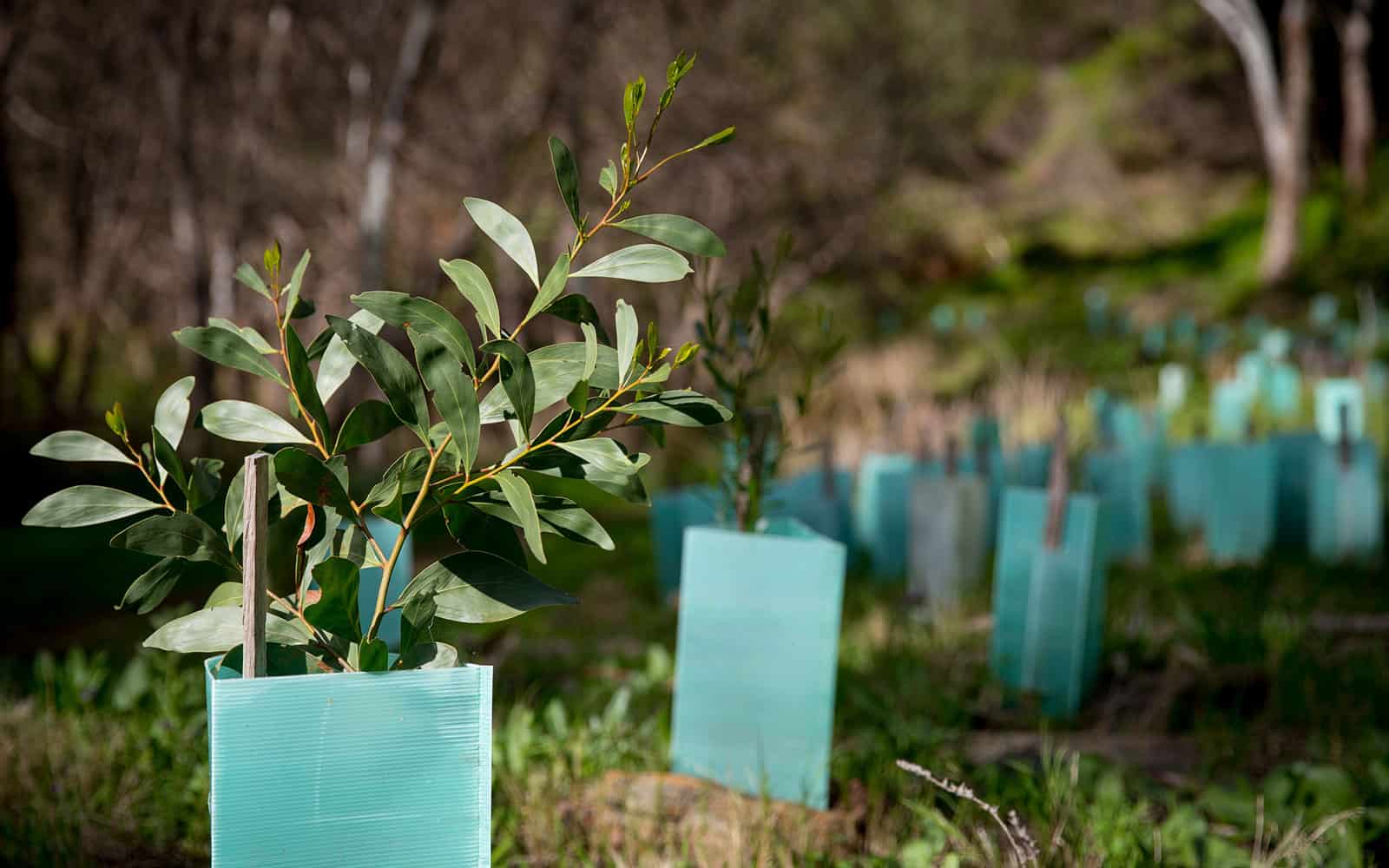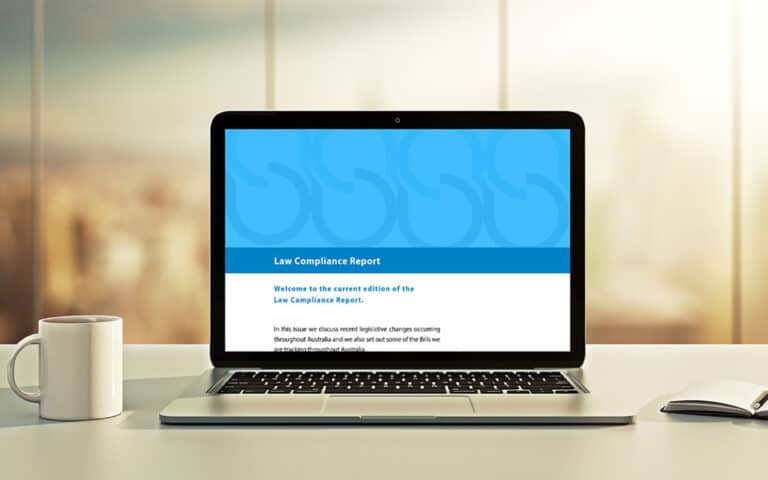This article applies to organisations that are (or intend on applying to be) project proponents for registered biodiversity projects under the Nature Repair Act 2023 (Cth).
Nature Repair Act 2023 (Cth)
On 15 December 2023, the Nature Repair Act 2023 (Cth) (the Act) commenced and created a national, voluntary framework for projects that aim to enhance or protect biodiversity in Australia. Essentially, the Act establishes the Nature Repair Market, which enables project proponents to register biodiversity projects on the new Biodiversity Market Register (the Register) and allows the Clean Energy Regulator (the Regulator) to issue tradeable biodiversity certificates under the Act. The key elements of the Act are discussed below. Please note that at the time of writing this article, the rules under the Act had not been published. We note that the Department of Climate Change, Energy, the Environment and Water (the Department) has created a ‘Nature Repair Market’ webpage which is available here.
Registration process
Under section 11 of the Act, an eligible person may apply to the Regulator for the Regulator to approve the registration of a biodiversity project on the Register. An eligible person includes an individual, a body corporate, a trust, a corporation sole, a body politic, or a local governing body. A biodiversity project means a project, carried out in a particular area, that is designed to enhance or protect biodiversity in native species (whether the effect on biodiversity occurs within or outside the area). Under the Act, the Regulator must keep and maintain a Register holding entries for each registered biodiversity project and each biodiversity certificate (discussed in more detail below). A project proponent, being the eligible person/s recorded in the Register as the project proponent for the project, have specific reporting, notification and record-keeping obligations in relation to the relevant registered project.
Biodiversity certificate requirements
Under section 67(1) of the Act, a project proponent of a registered biodiversity project may apply to the Regulator for a biodiversity certificate in respect of a registered biodiversity project to be issued. After being issued, a biodiversity certificate is recorded on the Register. Pursuant to section 67(2) of the Act, an application for a biodiversity certificate can only be made:
- if a biodiversity certificate has not previously been issued, or a biodiversity certificate has previously been issued and the Regulator has agreed that the application may be made; and
- if the conditions (if any) in the methodology determination that covers the registered biodiversity project are met (which are set out under section 45(1)(d)(i) of the Act); and
- after the time worked out in accordance with provisions of that methodology determination made for the purposes of section 45(1)(d)(ii) of the Act; and
- if any conditions set out in the rules for the purposes of this paragraph (section 67(2) of the Act) are met.
Section 68 of the Act provides further requirements for applications made under section 67 of the Act, including that it must be in writing and in a form approved by the Regulator, must be accompanied by such information specified in the rules and the methodology determination that covers the biodiversity project, must be accompanied by certain reports under the Act, and must be accompanied by any specified fees under the rules.
Importantly, under section 76A of the Act, organisations should note that a biodiversity certificate must not be used for an environmental offsetting purpose. Environmental offsetting purpose means the purpose of meeting an environmental offsetting requirement (however described) under a law of the Commonwealth, a State or a Territory including through an environmental offsetting measure.
Reporting requirements – category A and B biodiversity project reports
Should organisations, as project proponents, apply for a biodiversity certificate under section 67, various reporting requirements exist under the Act.
Under section 101 of the Act, an application for a biodiversity certificate must be accompanied by a written category A biodiversity project report that is drafted in accordance with the requirements set out in section 103 of the Act. The report must relate to a period (the reporting period) that begins when the project was registered and ends within six months before the application is made. Section 102 of the Act provides that, where a biodiversity certificate has been issued in relation to a project (whether or not that certificate is in effect), project proponents must give the Regulator a written category A biodiversity project report in accordance with the requirements set out in section 103 of the Act for a period that is expressed to be the reporting period for the report (which begins immediately after the end of the previous reporting period for a report under section 102 of the Act, or section 101, in relation to the project and is not shorter than six months or a specified lesser number of months under the rules, unless the period does not end after the end of the permanence period for the project).
Section 103 of the Act provides that a category A biodiversity project report must be given in the manner and form prescribed by the rules, set out the information (if any) specified in the rules and methodology determination that covers the project, be accompanied by an audit report in certain circumstances and, for a category A biodiversity project report under section 102 of the Act, be given to the Regulator within six months or if a greater number of months is specified in the methodology determination, that greater number of months after the end of the reporting period.
Where the Regulator has not issued a biodiversity certificate in relation to a registered biodiversity project, under section 104(2) of the Act, project proponents must give the Regulator a written report (a category B biodiversity project report) for each period that, under the rules, is a reporting period for the purposes of section 104 of the Act. Section 104(2) of the Act sets out the requirements for a category B biodiversity project, including that it must be given in the manner and form prescribed by the rules, set out the information (if any) specified in the rules and methodology determination that covers the project, be accompanied by an audit report in certain circumstances and be given to the Regulator within the period ascertained in the rules.
Organisations should be aware that if section 102(2) of the Act requires them, as the project proponent, to give a category A biodiversity project report for a reporting period and they do not comply with the requirement before the end of the period mentioned in section 103(1)(h) of the Act, they will face a fine of 200 penalty units (currently, $62,600). Similarly, if section 104(2) of the Act requires organisations, as the project proponent, to give a category B biodiversity project report for a reporting period and they do not comply with the requirement before the end of the period ascertained in the rules, they will also face the same penalty.
Notification requirements
There are various notification requirements under the Act which apply to organisations, as project proponents of a registered biodiversity project, including the following:
- section 105, which provides there where the organisation is the only project proponent and it ceases to have a right that is necessary for the project to be carried out, or where the organisation is one of multiple project proponents and any of the project proponents cease to have a right that is necessary for the project to be carried out (and the cessation results in no project proponent having that right), the organisation must notify the Regulator in writing of that cessation within 90 days after it occurs;
- section 106, which provides that where a regulatory approval required for the registered biodiversity project to be carried out is withdrawn or otherwise ceases to have effect for any reason, the organisation must notify the Regulator in writing of the withdrawal or cessation within 90 days after it occurs;
- section 109, which provides that where there is a registered biodiversity project and the project proponent becomes aware of a significant reversal of the biodiversity outcome to which the project relates, they must notify the Regulator in writing within 60 days after they become aware of the reversal;
- section 110, which provides that where there is a registered biodiversity project and the organisation becomes aware of any of the matters set out in section 110(1)(b) of the Act (e.g., a natural disturbance that causes a significant reversal of the biodiversity outcome to which the project relates, a natural disturbance that is likely to cause a significant reversal of the biodiversity outcome to which the project relates, etc.), the project proponent must notify the Regulator in writing of the relevant matter within 60 days after they become aware of the matter.
Failure to comply with the above notification requirements attracts a penalty of 200 penalty units (currently $62,600).
Record keeping and project monitoring requirements
Under sections 179 and 180 of the Act, the rules may require a person to make a record of specified information, where the information is relevant to the Act, and retain the record or a copy of the record for seven years after the making of the record. Should the organisation be subject to a requirement under rules made for the purposes of section 179(1) or 180(2) of the Act, it must comply with that requirement. Failure to do so will result in a fine of 200 penalty units (currently, $62,600). Similarly, under section 181 of the Act, project proponents must comply with any record-keeping requirements relating to the project under the methodology determination that covers the project. Failure to comply will result in a fine of 200 penalty units (currently $62,600).
Requirements in methodology determinations
Organisations, as project proponents under the Act, should be aware that a civil penalty of 2,000 penalty units (currently $626,000) applies if a biodiversity certificate has been issued in respect of the project (whether or not the certificate remains in force) and either of the following occur:
- the methodology determination that covers the project imposes a requirement on the project proponent of the project and the project proponent fails to comply with the requirement; or
- the methodology determination that covers the project requires the project proponent for the project to ensure that an activity is not carried out in the project area and instead the activity is carried out in the project area (by the project proponent or any other person).
Audits
Under Part 11 of the Act, the Regulator may require audits of one or more aspects of an organisation’s compliance with the Act to be carried out. Under sections 121 and 122, if required by notice provided by the Regulator, organisations must provide the appointed audit team leader, and any persons assisting the audit team leader, with all reasonable facilities and assistance necessary for the effective exercise of the audit team leader’s duties under the Act. Failure to comply will attract a fine of 60 penalty units (currently, $18,780).
Conclusion
Organisations that are (or intend on applying to be) project proponents for registered biodiversity projects under the Act should ensure that relevant staff familiarise themselves with the new framework, particularly the reporting, notification and record-keeping requirements as discussed above to ensure compliance with the Act. Policies and procedures should outline the new requirements set out in the Act, as discussed above.




